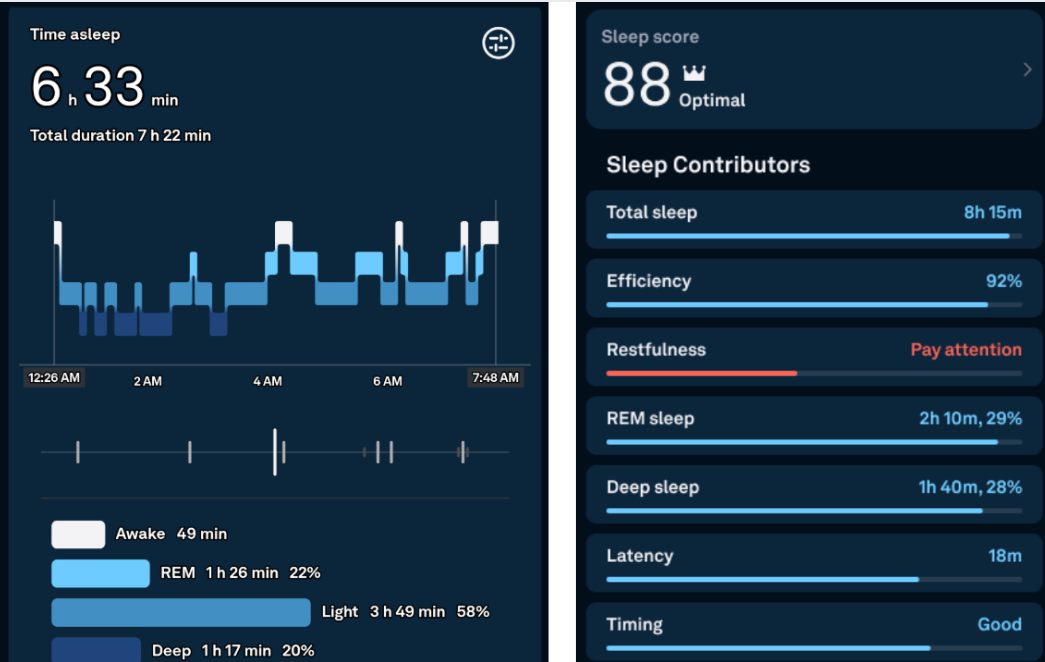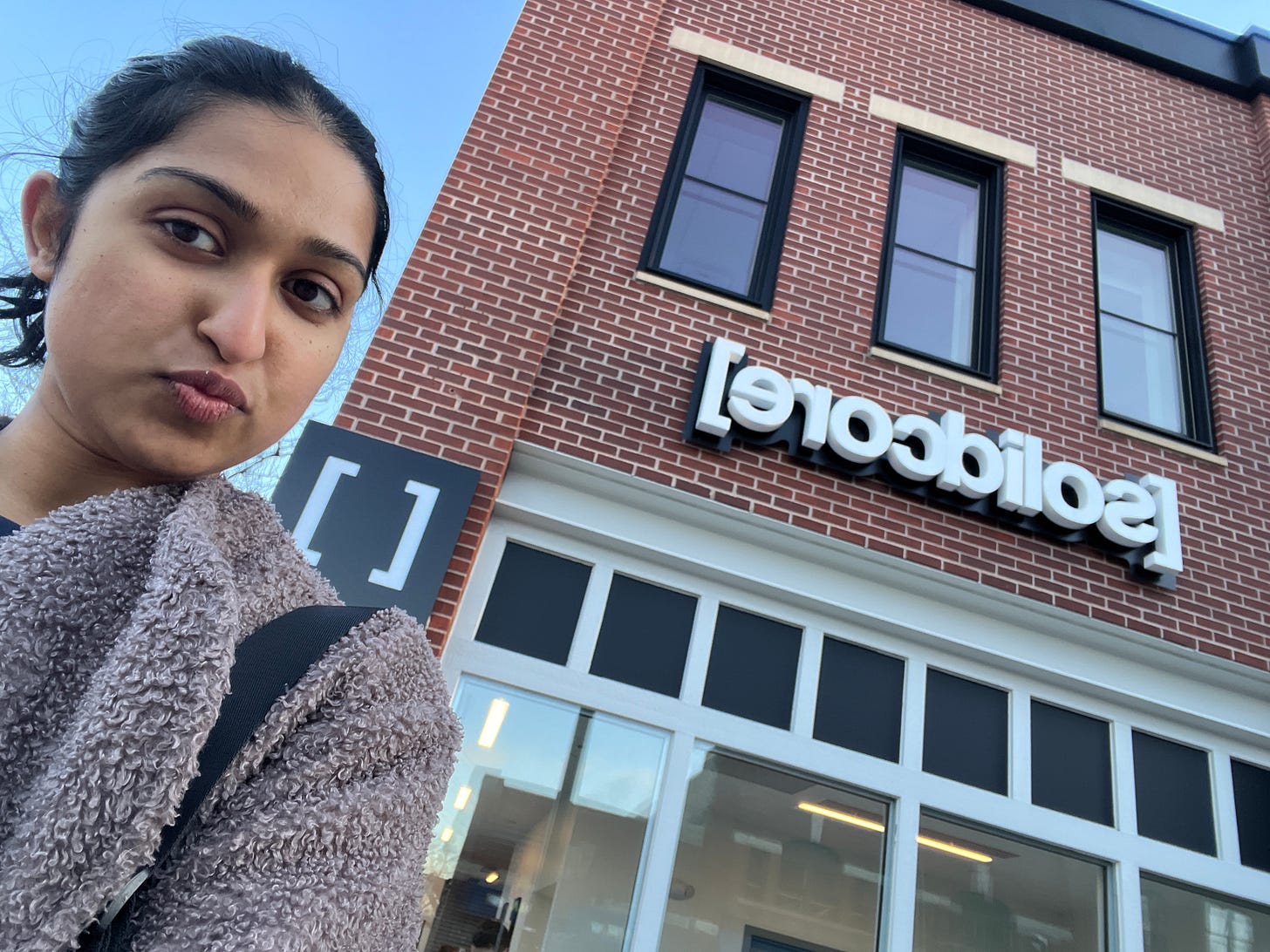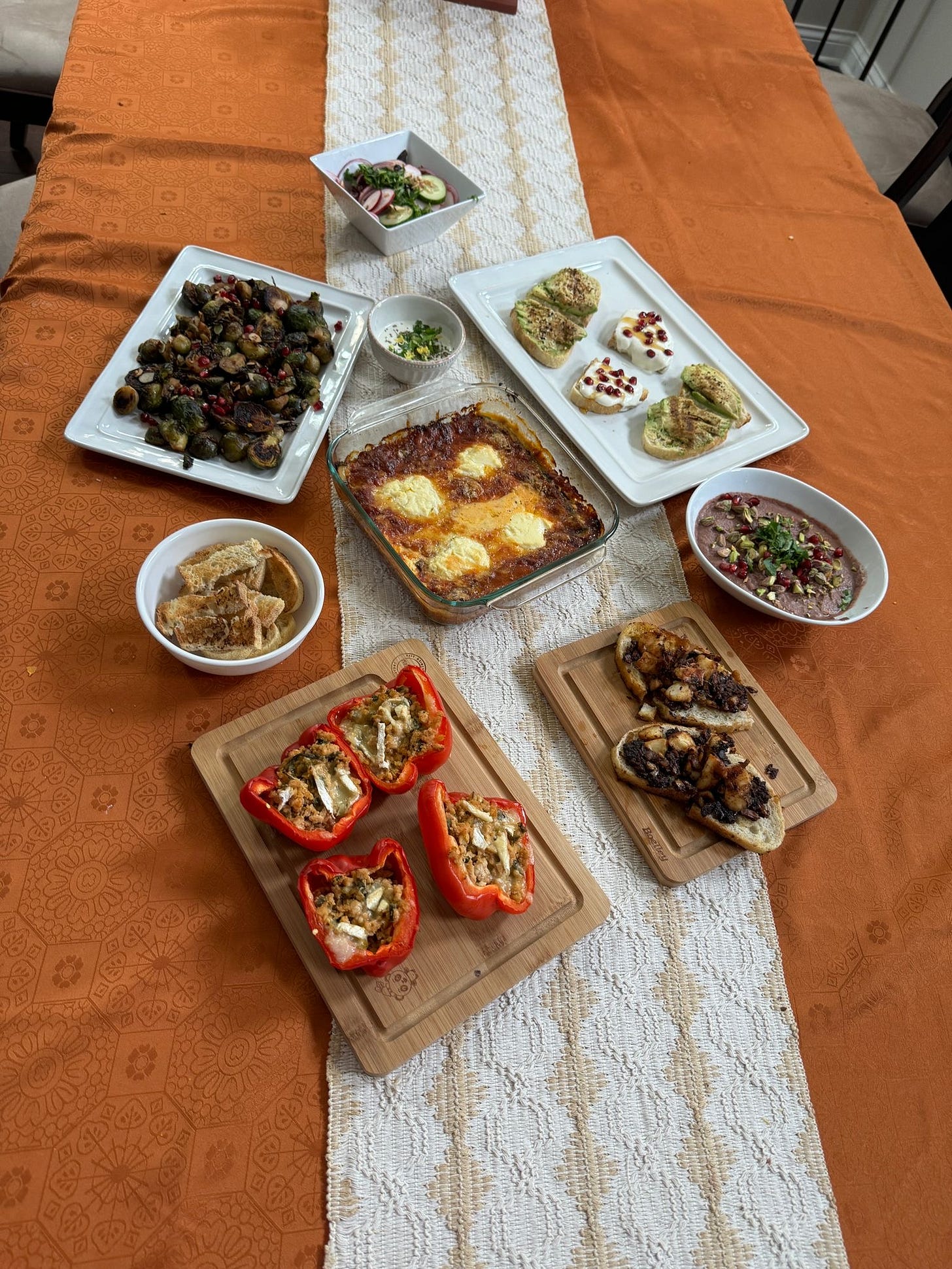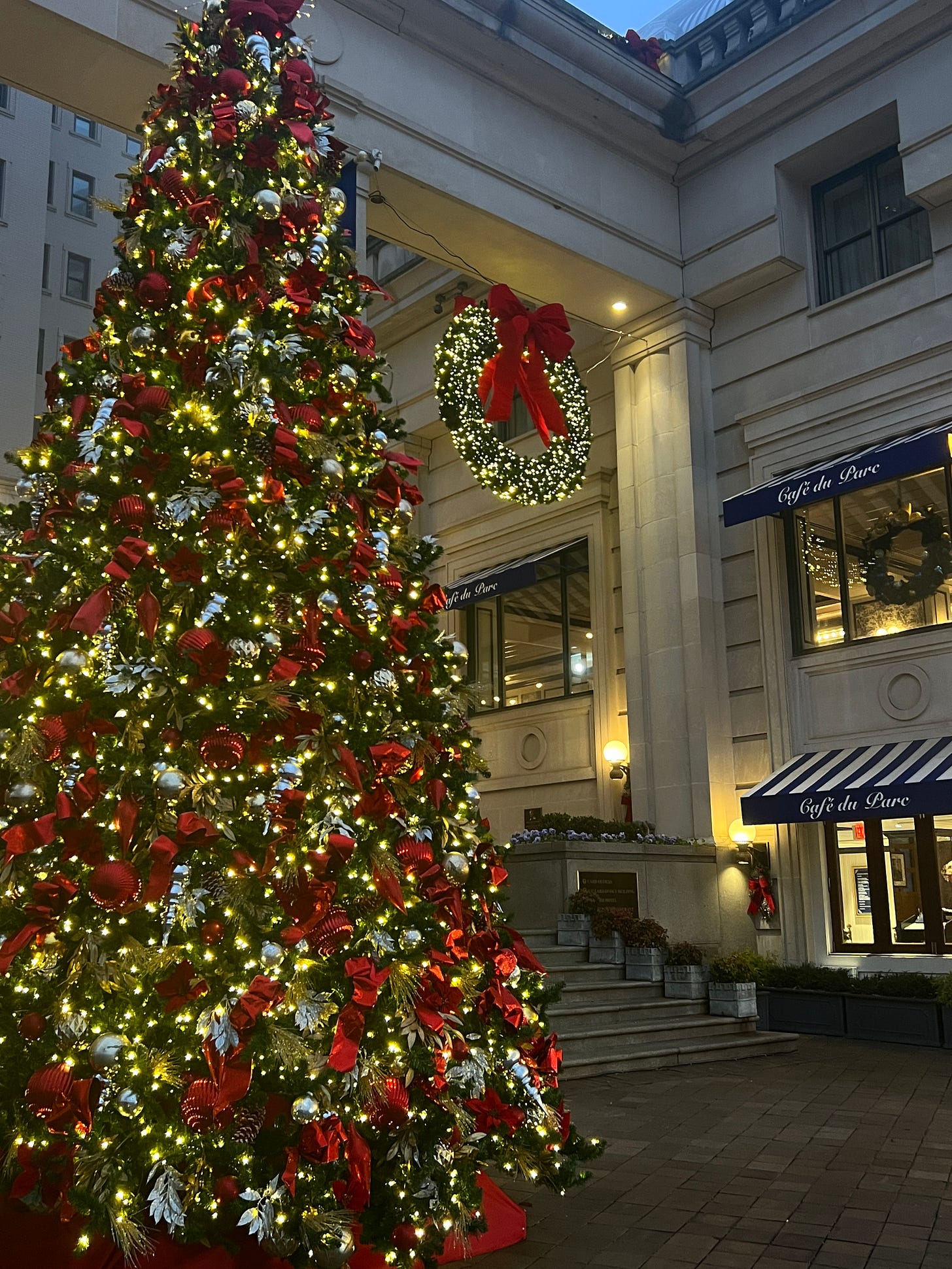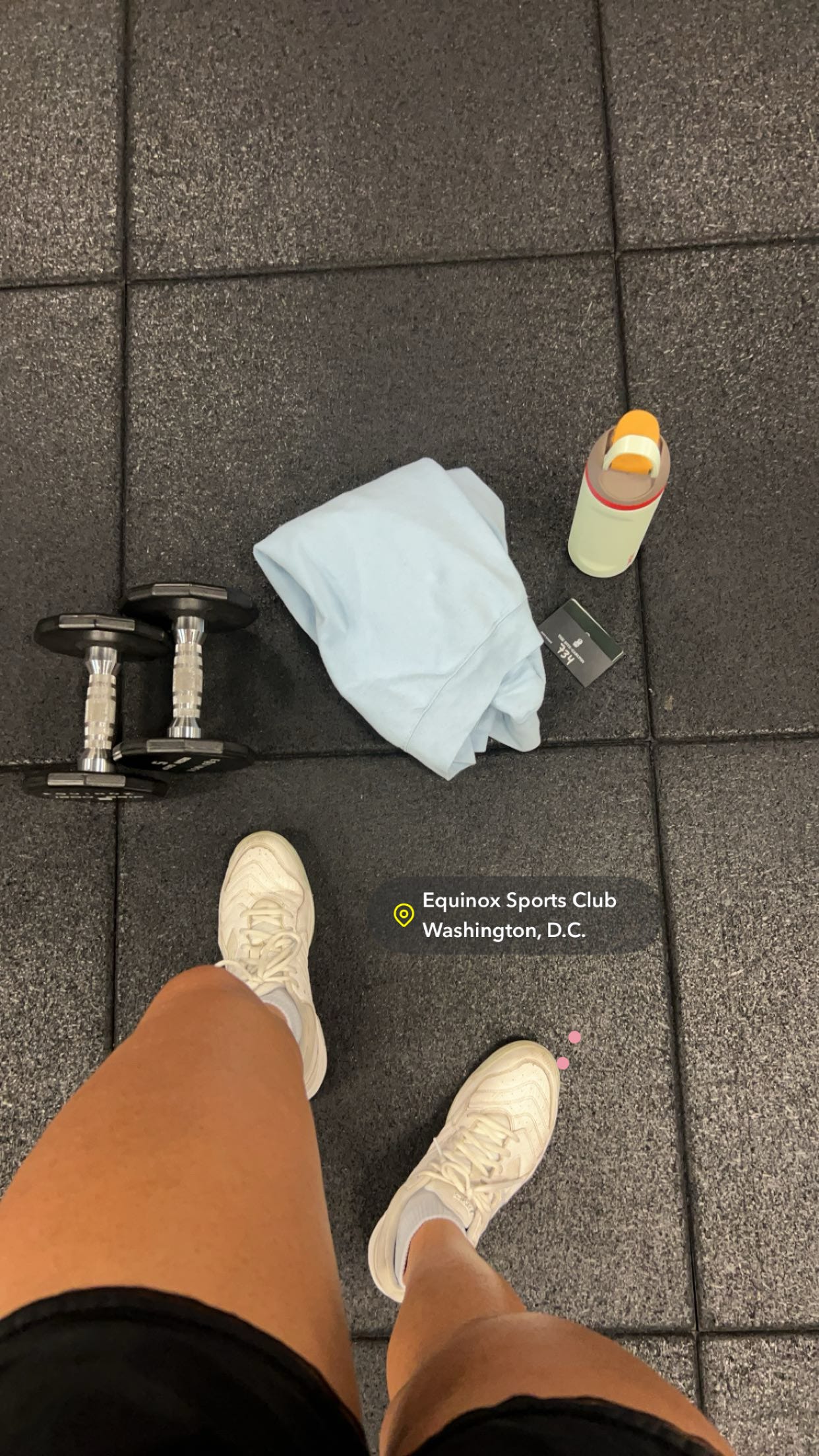my takes on consumer trends in 2025
Six consumer trends (plus a few more) that I believe we're going to see in 2025
Curious to know how everyone’s gift shopping is going — respond to this piece with your favorite gifts you’ve gotten for your loved ones! Other than that, keeping this intro short and sweet so I can go back to sitting by the fireplace with my dog.
Happy holidays🎄
📰Latest Consumer News
One Trick Pony, a peanut butter brand, just secured funding from Collaborative Fund
Chomps is on its way to becoming a $1B brand
Molly Baz, an American Chef, debuts a new mayo brand called Ayoh
Mid-Day Squares has hit $30M+ in revenue
1. $8 coffees are a luxury we will still pay for, kickstarting a lot more coffee brands in the market
There’s something so fulfilling and fleeting about paying for an overpriced cup of coffee in your local cafe. And it’s this behavior that has made founders confident in building brands central to our societal coffee addiction. Brands have weaved in cultural flavors, functional ingredients, or RTD packaging to continue sending a message that coffee needs to be in our lives but can take on various forms to fit our needs. So yeah, this is definitely going to keep being a thing in 2025.
I can’t say I’m a huge coffee drinker but here are some new, cool brands that have pretty packaging.
2. The “lipstick effect” for groceries still reigns true
No matter how much we love to peruse the Aldi grocery aisles, there’s a psychological explanation for why we feel more excited by the snacks with a higher price tag. It’s usually the grass-fed, organic, raw, all-natural, pesticide-free, vegan, cruelty-free labels that help us justify our spending but don’t actually inform if we really care about the ingredients or the positive perceptual changes associated with it.
Andrea Hernandez, founder of Substack blog Snaxshot, refers to this change as the “lipstick effect” — a phenomenon where, during a recessionary period, people bought lipstick, a then-luxury item, to apply it in public and appear as a higher social status.
This explains why Gen Z feels comfortable with their spending on Coconut Cult, Poppi, Chomps, Fishwife, Ayoh mayo, and so many more. Trader Joe’s excels at offering creative, sometimes sometimes quirky products, maintaining a “cheaper” image while appealing to Gen Z with its curiosity-driven brand. I’m also a victim of purchasing signaling products. It’s so exciting and I’m often a natural salesperson for the product, helping said brand reap the effects of free marketing. Therefore, 2025 will be another year of crazy snacks with jaw-dropping packaging at ridiculous prices. But am I complaining? Not at all.
3. Celebrity brands capture more market share
I recently found out that Call Her Daddy podcast host just launched a new hydration beverage brand, Unwell. I didn’t know the world needed another electrolyte brand, but her branding is incredible. The brand ties well to her personality, as her podcast often shares stories about her college drinking days and her favorite cocktails to make as an adult. So naturally, a hydration beverage is the perfect recovery for those “unwell” nights.
I can expect to see many more celebrity-led brands launching products specifically in health & wellness and beverages. Some of the most relevant examples this past year:
Tom Holland’s non-alcoholic beer, Bero.
Kourtney Kardashian’s Lemme Bloat supplements
Hailey Bieber’s Rhode Skincare & Makeup
Blake Lively’s haircare line, Blake Brown
Serena William’s makeup brand, WYN
While the number of celebrity brands won’t grow significantly in 2025, existing brands have enough leverage from a loyal consumer base to continue growing in sales and capturing more market share.
4. There will always be another viral makeup brand
I’ve always been a lip product fanatic but have stayed loyal to Clinique’s Black Honey Almost Lipstick throughout college and now post-grad. Like Clinique, incumbent brands do well to stay relevant amid a robust churn of new trends and products. E.L.F hit $1B in sales revenue for the first time this year and has seen a 70% growth in online sales in Q4.
Despite a saturated makeup market, emerging brands maintain strong value propositions to capture market share. Founded in 2021, Merit Beauty is for the grown-up girl, essentially a sophisticated working woman who needs a five-minute makeup look. Summer Fridays also holds a sense of elegance with its brand, namely through its cult-favorite lip balms.
The future of makeup is a constant race for the next best value for price, so I expect to see brands building for the nuanced preferences as Gen Z makes their transition to the working world and capitalizing on the vibrant, playful side of wearing makeup—all the while promoting clean, cruelty-free ingredients.
5. If you like it, then you should have put an (Oura) ring on it
Most of my work colleagues have this flashy Oura ring on, and there’s one common thread about why people bought it: sleep data. 2024 is the year of figuring out how to sleep better. In a survey, American Academy of Sleep Medicine found that 50% of respondents believe that they get too little sleep. It explains why the sleepy girl mocktail with cranberry juice and magnesium blew up over TikTok. Same with mouthtaping. And to track if any of that works? Enter Oura ring.
The company has raised $200M in funding and has sold 2.5M rings to date. Wearables have been around for a while, but what makes Oura unique is how personalized the data is for a user. Not only does Oura provide the data, but there’s personalized recommendations account with a user’s needs and health state. I have a strong hunch that Oura will become a ubiquitous brand in 2025, as more people care about their health and tracking it with data.
6. More M&A activity led by long-standing incumbent brands
I’m shook at all the acquisitions that happened this past year — some that made perfect sense but others were surprising yet still positive.
Campbell Soup acquired Sovos, manufacturer of Rao’s pasta sauce
PepsiCo’s $1.2B acquisition in Siete Foods
Keurig Dr. Pepper bought a 60% stake in Ghost Energy for $990M
Hershey bought Sour Strips
E.L.F acquired Naturium for $300M+
Estée Lauder acquired The Ordinary
These are standing examples of older brands staying close to trends by purchasing companies that have disrupted the market in their sectors. It’s exciting to see some of our favorite brands gain the capital and operational support to continue growing. In the past decade, consumer deals have seen overall growth despite the volatility, but I expect to see an uptick in deal flow next year, given that the overall M&A market is projected to see at least an 8% growth in 2025.
Some more predictions but without the data:
There will be more high-end restaurants that serve an all-plant-based menu
solidcore will still be one of the most talked about workout classes
Amazon will capture more market share in apparel
Gen Z will find Amtraks more aesthetic than Delta for shorter travel routes
There will be an emerging new beverage health label called “no-carbonation”
🎧Personal Updates
The past few weeks in a series of photos!







